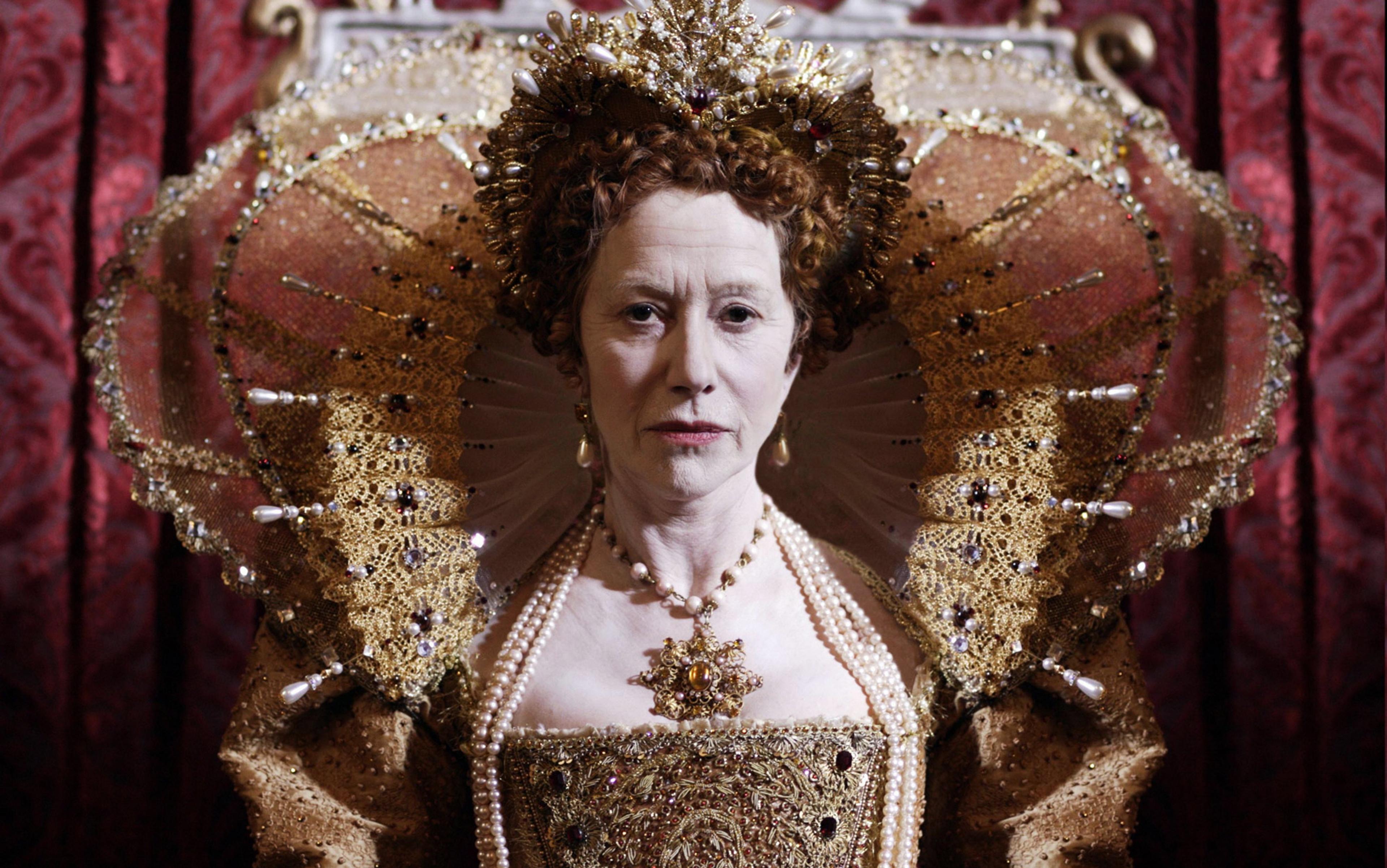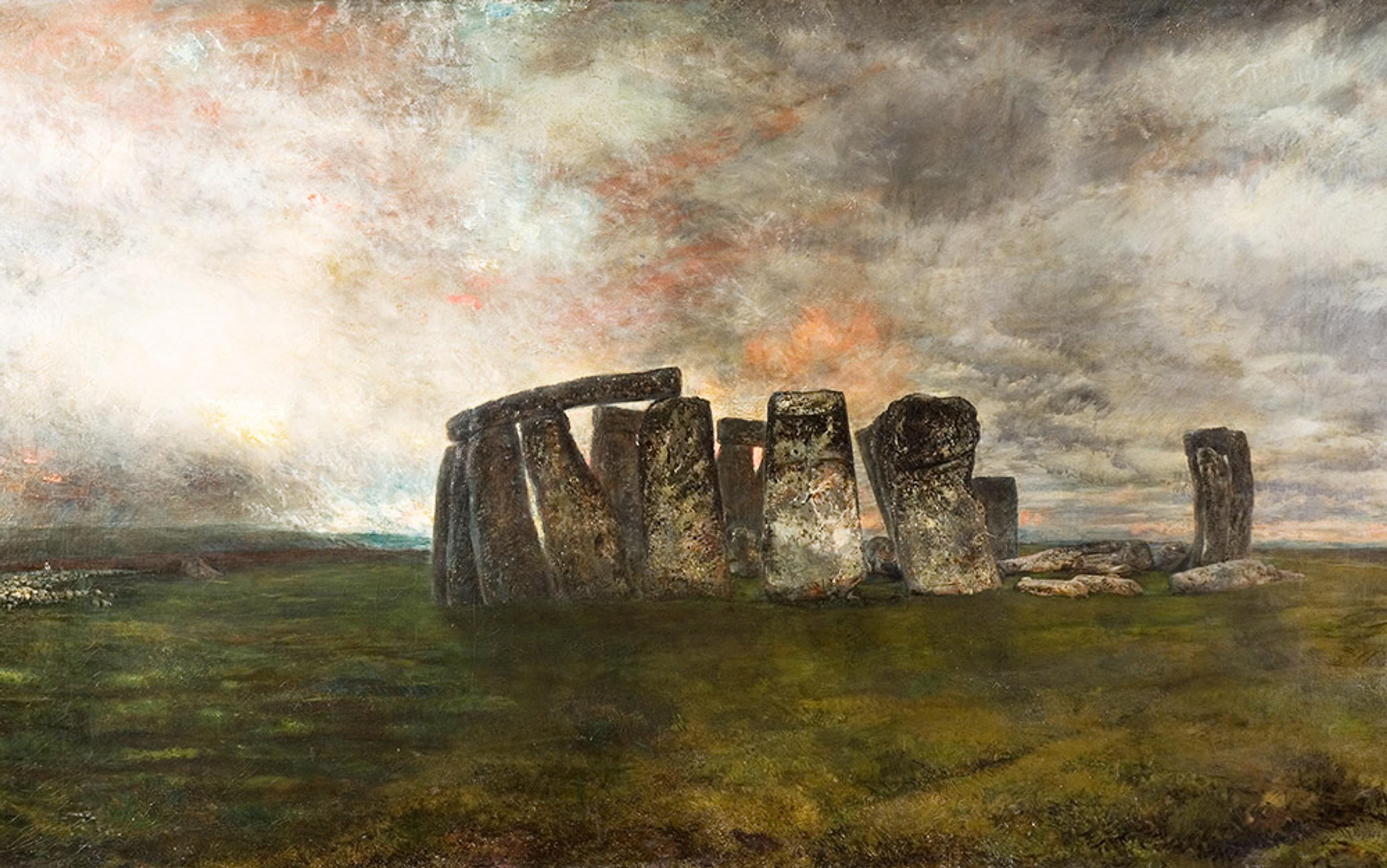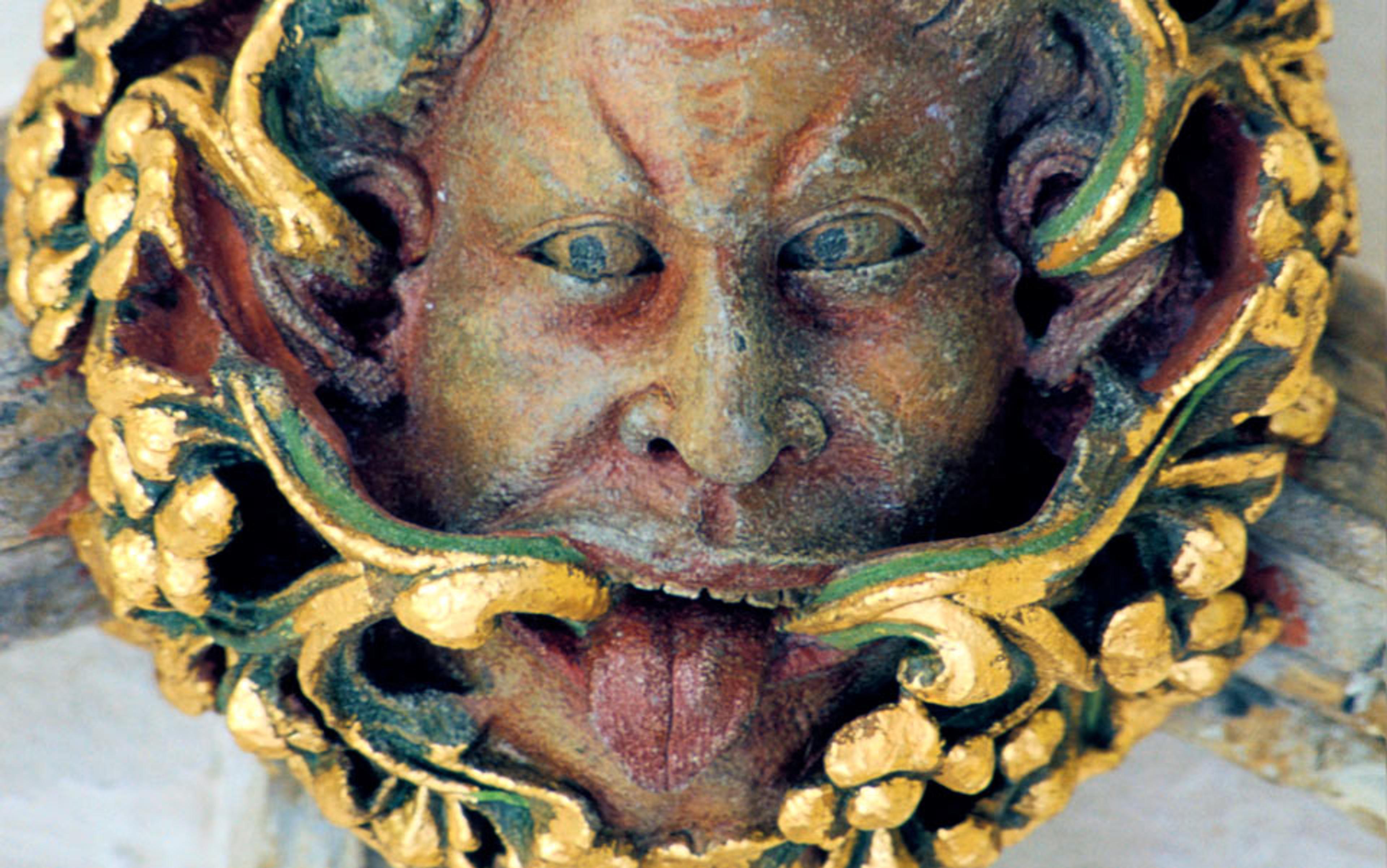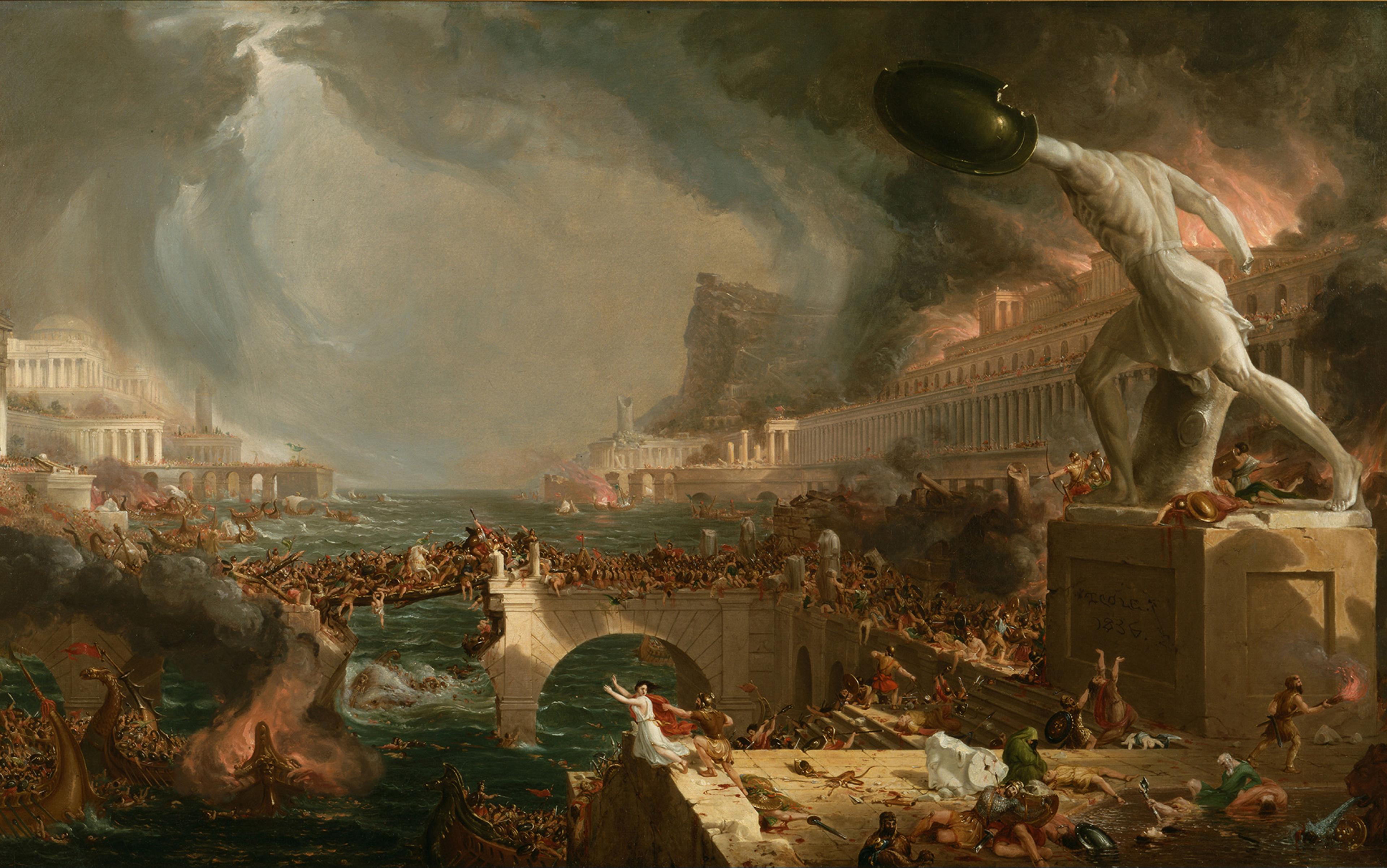Tudor mania, Tudoralia, call it what you will: the Tudors are ubiquitous. Each year, new books, films and exhibitions fuel an insatiable appetite for all things Tudor. Be it C J Sansom’s hugely successful Shardlake series of detective novels, Philippa Gregory’s Tudor court romps, or Hilary Mantel’s Wolf Hall (2009) and its sequel Bring Up the Bodies (2012) – both translated to stage and screen – the enduring popularity of the Tudors is phenomenal. Representations of this most charismatic dynasty have attracted the very best actors over the years: notable as Elizabeth I – Bette Davis in The Private Lives of Elizabeth and Essex (1939), Judi Dench in Shakespeare in Love (1998), Cate Blanchett in Shekhar Kapur’s Elizabeth (1998), and Helen Mirren in Elizabeth I (2005); as Henry VIII – Robert Shaw in A Man for All Seasons (1966) and Richard Burton in Anne of a Thousand Days (1969). The list goes on: theirs is a drama that is forever made and remade, each time promising something both fresh and tantalisingly familiar.
Yet beyond being good ‘box office’, the Tudors matter. Their period witnessed the transition of England from a medieval to an early modern realm. During the 16th century, institutions were created, laws passed and precedents set that remain at the heart of the English polity today. With the Tudors, a recognisable England comes into focus. The Tudor period saw the beginnings of the modern state, the development of national bureaucracy and administration, the establishment of the Church of England, and the genesis of a belief in national sovereignty. And so the Tudor years were a hugely formative period, a time of dramatic change, innovation and exploration – and all this from very inauspicious beginnings.
The Tudors came from obscurity to topple the 331-year Plantagenet dynasty from the throne. In 1485, Henry Tudor, who had spent much of his life in exile in Brittany, defeated Richard III at the Battle of Bosworth Field, thereby bringing 85 years of civil war between two rival families, the Yorkists and the Lancastrians, to an end. By marrying Elizabeth of York, Henry, a Lancastrian, brought unity and ensured the future of his dynasty with the birth of his children. When Henry VII died in 1509, he was succeeded by his son Henry VIII. Henry married his brother’s widow Catherine of Aragon (Prince Arthur had died seven years earlier) but after 20 years and a daughter but no longed-for son, he sought a papal annulment to be free to marry Anne Boleyn. What followed became a cause célèbre in Europe. Henry broke with Rome and became head of the Church of England. He was eventually succeeded by his son Edward VI, born of his third wife, Jane Seymour, but Edward died after only six years on the throne, to be succeeded by his half-sister Mary. While Mary was the first crowned queen regnant of England, she became notorious for burning almost 300 protestants during her short rule. Then came the long and celebrated reign of her sister, Elizabeth I, who ruled from 1558 to 1603.
They are a family of larger-than-life personalities. Every English child knows something about Henry VIII and his ‘Six Wives’, ‘Bloody Mary’, and the Virgin Queen. They are the first of what we might today describe as ‘celebrities’ with whom we are endlessly fascinated, and whom we both idealise and identify with, partly because we know so much about their public and private lives – even their sex lives. For the first time in English history, we have a strong cast of female protagonists: Mary I, Elizabeth I and Mary Queen of Scots, not to mention Catherine of Aragon and Anne Boleyn. Together, the Tudors represent a compelling (step-)family drama of powerful men and women, passion and betrayal, jealous rivalries and resentments played out over three generations.
Thanks to the brilliant court painter Hans Holbein, we can look the Tudor monarchs and their courtiers in the eye: we can see them as real people, their lines and wrinkles, haunted gazes, determined stares. Despite living 500 years ago, the essential humanity of the Tudors translates across the centuries. Indeed, Holbein’s 1537 portrait of an aggressive and defiant Henry VIII – eyes straight ahead, feet spread, codpiece thrusting – is instantly recognisable. He remains the personification of a strong and successful English monarchy.
We also know a great deal of how the Tudors lived, we can visit their homes, walk in their footsteps, read their letters, see their treasures. Hampton Court Palace, built by Cardinal Thomas Wolsey and Henry VIII, is one of Britain’s most popular tourist attractions. There we can step through the Great Hall where feasts and entertainments were held, we can gaze at Henry VIII’s own magnificent Abraham tapestries or glimpse the chamber pot that was excavated from his privy garden. We can visit Hever Castle in Kent in the south of England, which has recently unveiled Henry VII’s newly discovered marriage bed. At Thornbury Castle in Gloucestershire, now a hotel, it is even possible to sleep in the very same bedchamber where Henry VIII and Anne Boleyn spent 10 days in 1535. In Winchester Cathedral in Hampshire, we can see the wedding chairs Mary Tudor used on the occasion of her marriage to Philip of Spain. At the Tower of London, we can marvel at the size of Henry VIII’s suit of armour and the desperate graffiti etched into the Tower walls by the Tudors’ prisoners. The Mary Rose, Henry VIII’s warship that sank in 1545, was raised in 1982 and is now restored as a purpose-built museum in Portsmouth; 19,000 artefacts have been excavated from the ship, including shoes, mirrors and knives, and a number of skeletons belonging to the crew, identified and modelled with 3D imaging. The Mary Rose alone allows us to see Tudor society as never before.
There was even an early 007: one ‘intelligencer’ signed letters to the queen with two zeros and a backwards long division sign
Tudor music, literature and drama remain at the heart of cultural life today. Spem in Alium, the great masterpiece of Thomas Tallis, is still popular and often performed, as are the great liturgical compositions of William Byrd and John Dowland. The plays of Christopher Marlowe, Ben Jonson and of course William Shakespeare are constantly being staged, be it at the Royal Shakespeare Company in Stratford, the Globe in London, on Broadway in New York, or in school halls and amateur dramatic groups across the world.
The Tudor monarchy also saw the creation or transformation of institutions that remain at the heart of English society today. The most obvious example is the Church of England and the role of the monarch as supreme head (or governor), a title that the Queen retains to this day. (Perhaps ironically, English monarchs today also bear the title ‘Defender of the Faith’, a title first awarded to Henry VIII by the pope after the king wrote against the Protestant Martin Luther.) When Henry broke with Rome, he also proclaimed the sovereignty of the realm, thereby articulating a key element of what became English national identity. The preface of the 1533 Act of Appeals declared ‘this realm of England is an Empire’ with a monarch who could for the first time claim an imperial identity and be addressed as ‘His Majesty’. Parliament was also transformed from an occasional court summoned by the monarch to grant funds and offer advice, to an institution of primary political importance whose statutes bound the king and his subjects.
The Tudors developed a bureaucracy and administration that now underpins the modern state. In 1538, a compulsory register of births, marriages and deaths was established in every parish across England. Elizabeth oversaw the beginnings of a national welfare system when, in 1601, the Poor Law required each parish to provide for the ‘lame, impotent, old and blind’. The office of principal secretary emerged during the reign of Henry VIII, which was occupied by individuals such as Cardinal Wolsey, Thomas Cromwell and, during Elizabeth’s reign, by William Cecil, Lord Burghley. The principal secretary was a key position at the heart of government whose staff occupied positions that later became departments of state. Henry also ordered the creation of the first national postal service for royal mail. Called ‘The King’s Posts’, it was devised by Sir Brian Tuke and commanded all towns to have a fresh horse available for anyone carrying mail from the Tudor court. And a fledgling secret service was created under Elizabeth as Francis Walsingham’s web of informers stretched throughout England and across the Channel. There was even an early 007: John Dee, one of Walsingham’s ‘intelligencers’, signed his letters to the queen with two zeros and a backwards long division sign.
One great legacy of the Tudors is the Royal Navy. Henry VIII’s investment in a fleet of warships designed specifically to carry heavy guns laid the foundation for a modern navy, and led to England’s development as a maritime nation and naval power that was to dominate the seas for the next 300 years. Henry was undoubtedly the ‘father of the Royal Navy’, and for the first time a standing navy was maintained together with investment in shipbuilding, dockyards and marine defence. Increasingly during the Tudor period, England began to assert itself on a world stage, and a spirit of discovery and exploration came to define the 16th century. Sir John Hawkins, Sir Humphrey Gilbert and Sir Walter Raleigh led voyages to search for new territories, wealth and trade routes, while Sir Francis Drake became the first Englishman to circumnavigate the globe and claim England’s first overseas possessions.
Although the small colony that Raleigh settled on the island of Roanoke failed after a year, it marked the start of an effort by the English to colonise North America and laid the foundations for the British Empire. Elizabethan explorers were the founders of England’s international trading empire, which stretched to North Africa, Persia, the Middle East, Java, India, the Philippines and China. The development of trade led to the arrival of new foods in England, many of which form an important part of our diet today: apricots, bananas, figs, gooseberries, peaches, pineapples and pomegranates; cauliflower, beans, tomatoes, potatoes and sprouts; chilli and turkey, not to mention chocolate, and, of course, tobacco.
Many Tudor houses survive with their characteristic half-timber exteriors, stained glass and wooden beams, a design that continues to inspire architects today. The separation of rooms with specific functions and bespoke furnishings such as wallpaper, carpets and upholstered furniture is a Tudor-era development – as was the first flushing toilet. Sir John Harington invented the flushing mechanism and installed it for Queen Elizabeth, his godmother, at Richmond Palace. He proclaimed his invention ‘would make unsavoury Places sweet, noisome Places wholesome and filthy Places cleanly’.
And the Tudors in many ways gave us the English language. Henry VIII authorised a bible in English, based on the translation by William Tyndale, and this, together with the genius of men such as Shakespeare, Marlowe, Jonson and Edmund Spenser, transformed the written and spoken word. Printing and the rise in literacy established a print culture and a reading public – and so emerged the beginnings of an English literary canon. Tudor phrases survive, too: ‘square meal’, ‘a cut above the rest’, ‘let your hair down’, ‘sleep tight’, ‘fancy free’, ‘more fool you’, ‘vanish into thin air’, ‘wear your heart on your sleeve’. Nursery rhymes such as ‘Humpty Dumpty’, ‘Three Blind Mice’ and ‘Rain, Rain, Go Away’ were first sung by people living under the Tudors.
Perhaps Henry VIII himself was the original Brexiteer
Britain today is a nation of sports fans, and for this the Tudors can be thanked too. Henry VIII was a great enthusiast for sport, especially tennis. This ‘royal’ or ‘real’ tennis was played indoors with a ball made of sheepskin filled with wool or sawdust, and rackets made of wood strung with cat gut. While the technology of the game might have changed since, the scoring system with which we are familiar (15–love, deuce, etc) were all part of the Tudor game. In 1487, we find the first recorded use of the word ‘football’ to describe a game in which a ball is kicked, although it might not have been entirely recognisable. In the words of one writer at the time, ‘football is more a fight than a game … sometimes their necks are broken, sometimes their backs, sometimes their legs … football encourages envy and hatred … sometimes fighting, murder and a great loss of blood’. At least today football is nearly always murder-free.
We continue to learn new things about the Tudors. In recent years, Henry VII has emerged less as a dour man than a tenacious and farsighted survivor who laid the foundations for the achievements of his son and grandchildren. Edward VI is now considered less a weak and sickly boy manipulated by powerful men but a young man on the threshold of power with the expectation that his people would obey him. Mary shouldn’t be thought of as ‘Bloody Mary’ but as a political pioneer, the first woman to wear the crown of England and who showed that women could rule with all the power of kings. Finally, Elizabeth’s reputation is beginning to turn the other way: less an unimpeachable ‘Good Queen Bess’ than a reckless monarch whose refusal to marry and name a successor ultimately led to the demise of the Tudor dynasty and the accession of a Scottish king to the English throne.
For far too long, Tudor England has been portrayed as all white and Christian. We are now learning of the black Africans that were a significant part of Tudor society, as well as those from the Islamic world. Henry VIII had a ‘blacke trumpeter’ named John Blanke at his court, and Elizabeth I a ‘Blackamoore boy’ in her personal entourage. From as far away as North Africa, the Middle East and Central Asia, Muslims worked in 16th-century London as diplomats, merchants, musicians and servants. Indeed, Elizabeth actively looked to make close links with Muslim rulers in Iran, Turkey and Morocco, and this led to movements of people and goods. Sugar, silks, carpets and spices transformed what the English ate, how they decorated their homes, and how they dressed. Islam is central to the story of Britain.
The Tudors lie at the heart of the English national myth, and Henry VIII and Elizabeth I are the poster boy and girl representing nationhood and empire. Henry VIII’s break with Rome saw the emergence of a formative national sovereignty as England was, for the first time, separated from Europe, and became an independent nation-state free from the authority of any foreign potentate. English statute became binding, and the English Parliament was sovereign. The Protestantism of the Church of England continued to shape English – and later – British identity for centuries to come. Indeed, English Euroskepticism began with the Protestant Reformation, and perhaps Henry VIII himself was the original Brexiteer. As the preface to the 1533 Act of Appeals declared, ‘this realm of England is an empire’ and the Act of Supremacy repealed any ‘usage, custom, foreign laws, foreign authority’. Certainly, the Tudors helped to establish in English (and British) minds a picture of a separate and sovereign island nation, which still resonates today, even if not everyone agrees exactly what that stands for.






